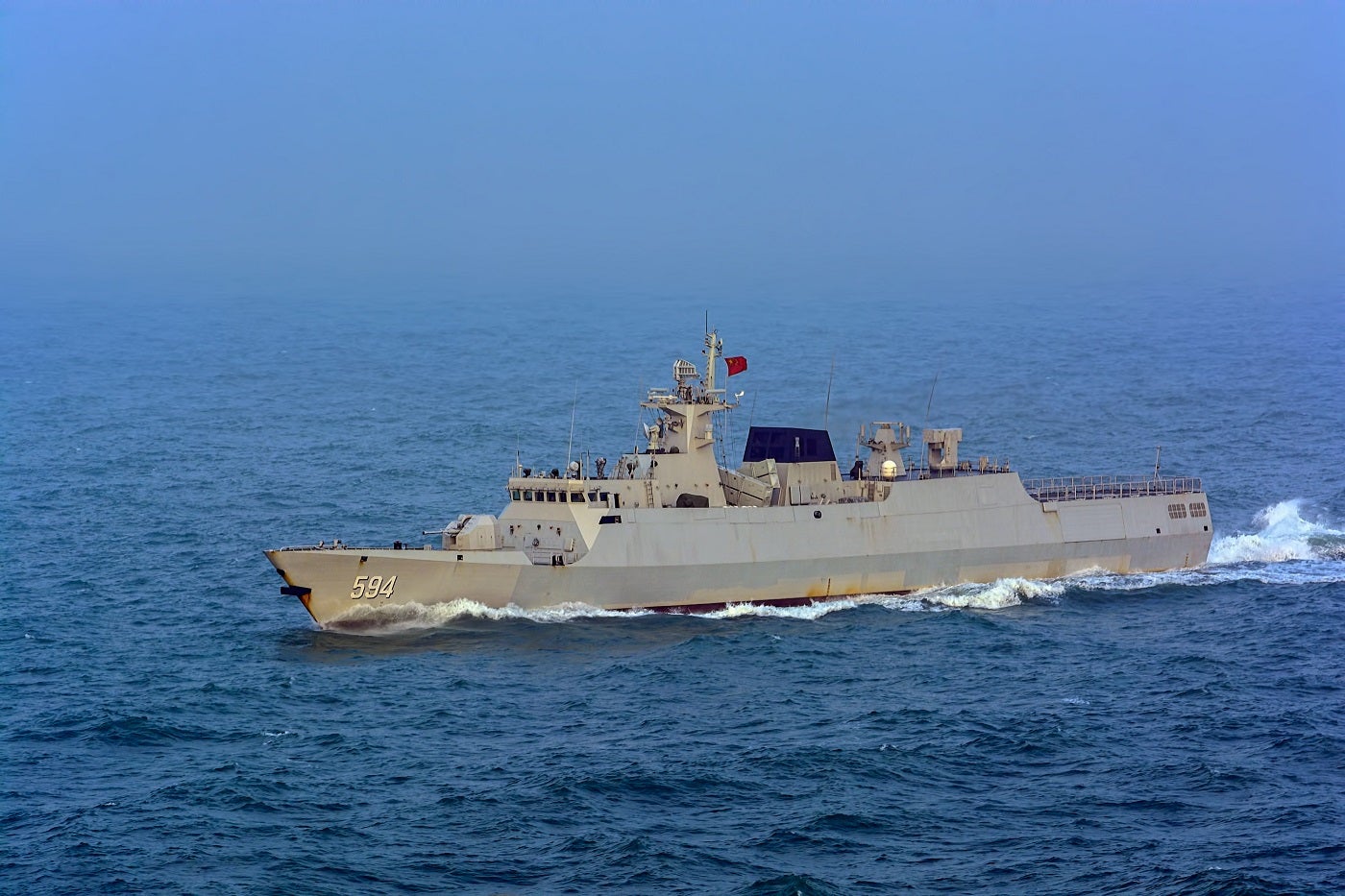
A GlobalData defence analyst highlights the significance of China and Russia’s joint naval exercise, stressing its impact on regional security dynamics.
As China’s People’s Liberation Army Navy (PLAN) undergoes modernisation, the increasing military co-operation with Russia poses a notable challenge to the US and its allies in the Indo-Pacific region. The move has prompted other regional powers, such as India, Australia, and Japan, to bolster their naval fleet modernisation efforts in response to China’s expanding naval capabilities.
Joint naval drill and military modernisation
China and Russia’s ongoing joint naval exercise, known as the Northern/Interaction-2023, has drawn attention to their deepening military co-operation. According to Udayini Aakunoor, Defense Analyst at GlobalData, this collaboration represents a strategic response to recent joint naval exercises conducted by Japan, South Korea, and the US in the East Sea.
The mutual military drills aim to exchange best practices, develop new tactics, and enhance interoperability between the two nations’ armed forces.
China’s People’s Liberation Army Navy (PLAN) has been pursuing an ambitious modernisation agenda, investing heavily in surface vessels and submarines to bridge the capability gap with the US Navy.
Over the past decade, China has made significant strides in establishing a robust defence equipment manufacturing and shipbuilding infrastructure, expanding its naval fleet size and operational capabilities.
How well do you really know your competitors?
Access the most comprehensive Company Profiles on the market, powered by GlobalData. Save hours of research. Gain competitive edge.

Thank you!
Your download email will arrive shortly
Not ready to buy yet? Download a free sample
We are confident about the unique quality of our Company Profiles. However, we want you to make the most beneficial decision for your business, so we offer a free sample that you can download by submitting the below form
By GlobalDataIn the coming decade, China is projected to invest approximately $51bn in acquiring new surface combatants while also enhancing its submarine fleet through the procurement of advanced submarines like the Sui-class (Type 095) Nuclear-Powered Attack Submarine (SSN) and Tang-class (Type 096) Nuclear-Powered Ballistic Missile Submarine (SSBN).
An estimated $25 billion will be allocated to submarine procurement programs from 2023 to 2033.
Implications for US and regional powers
According to a GlobalData “China Defence Market 2022-2027” report, China and Russia’s relationship is based on pragmatism and shared interests. As relations with the US cool on both sides, cultivating a relationship with each other holds both political and economic advantages.
The growing military cooperation between China and Russia and China’s robust modernisation efforts pose a significant security challenge for the US and its allies in the Indo-Pacific region.
The US Air Force recently completed the deployment of B-52 Stratofortress bombers, strengthening interoperability in the Indo-Pacific, following an exercise in Indonesia.
US efforts and proposed security alliance
Udayini Aakunoor, the GlobalData Defense Analyst, underlines the implications of this cooperation, stating, “The rapid expansion of the PLAN, along with increasing naval cooperation with the Russian Navy, is expected to present significant security challenges for the US and its allies in the Indo-Pacific region.
The growing China-Russia military ties have also compelled other major regional military powers, such as India, Australia, and Japan, to initiate naval fleet modernisation programs to counter PLAN’s expansion.”
To contain the threat of China, the US has proposed a quadrilateral security alliance between the US and Indo-Pacific countries such as India, Japan, and Australia to secure maritime interests in the Indo-Pacific region and jointly patrol regional waters to contain the influence of China, according to GlobalData’s “US Defence Market 2022-2027” report.
With China and Russia strengthening their military ties, the strategic balance in the Indo-Pacific region is evolving rapidly. As nations in the region assess the potential ramifications, defence modernisation becomes a top priority to protect their respective interests and maintain stability amidst the changing dynamics of regional security.







